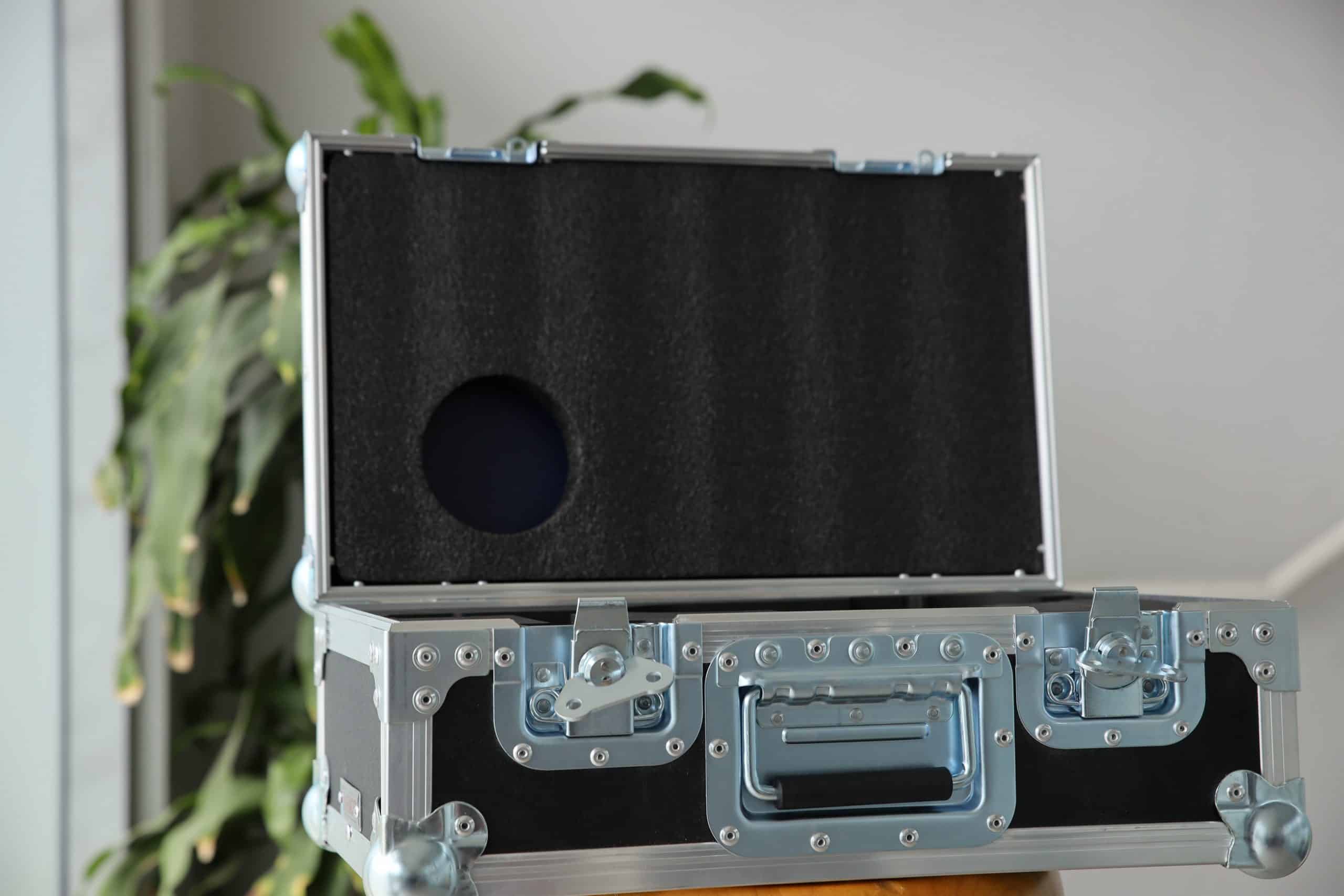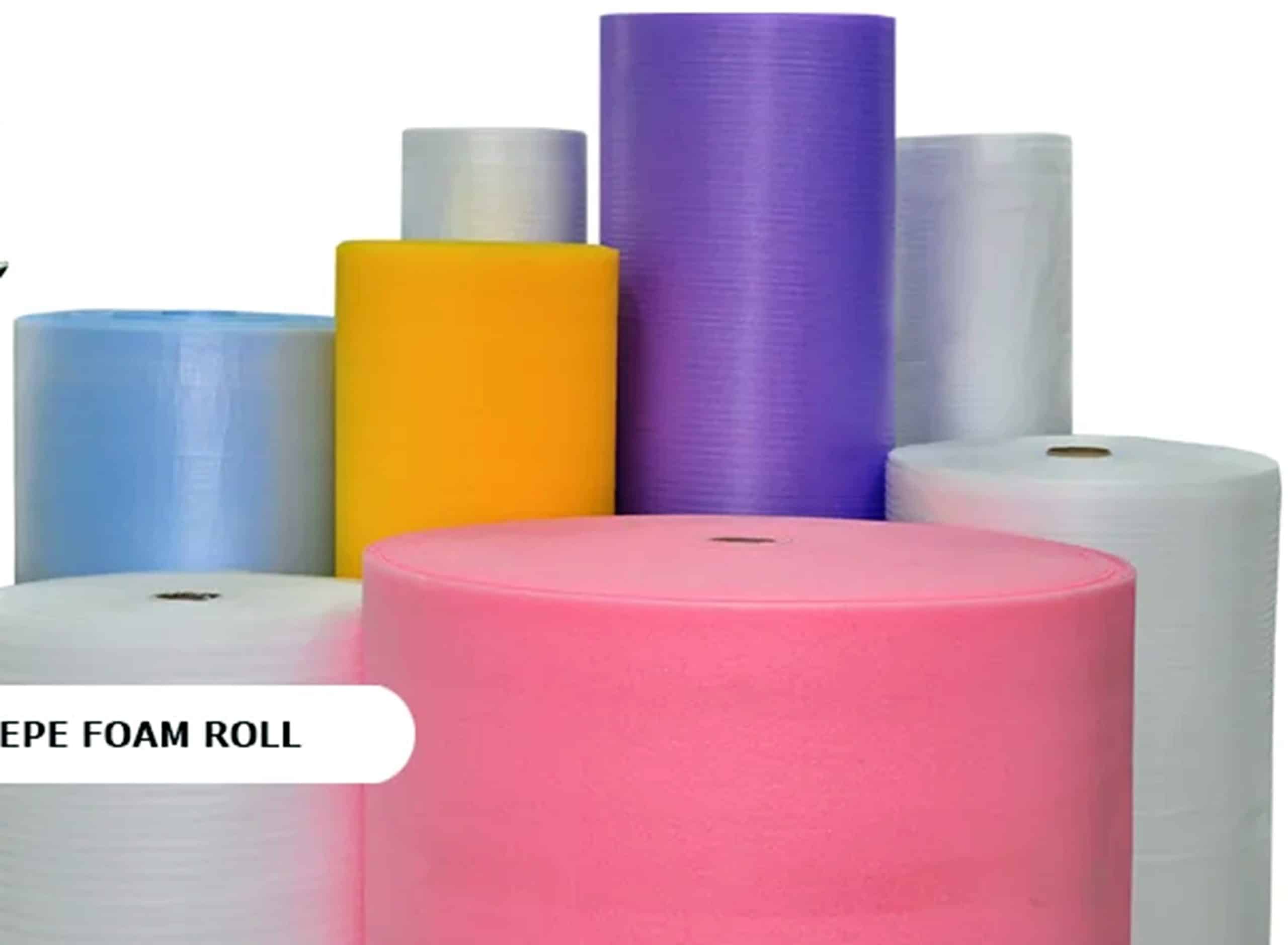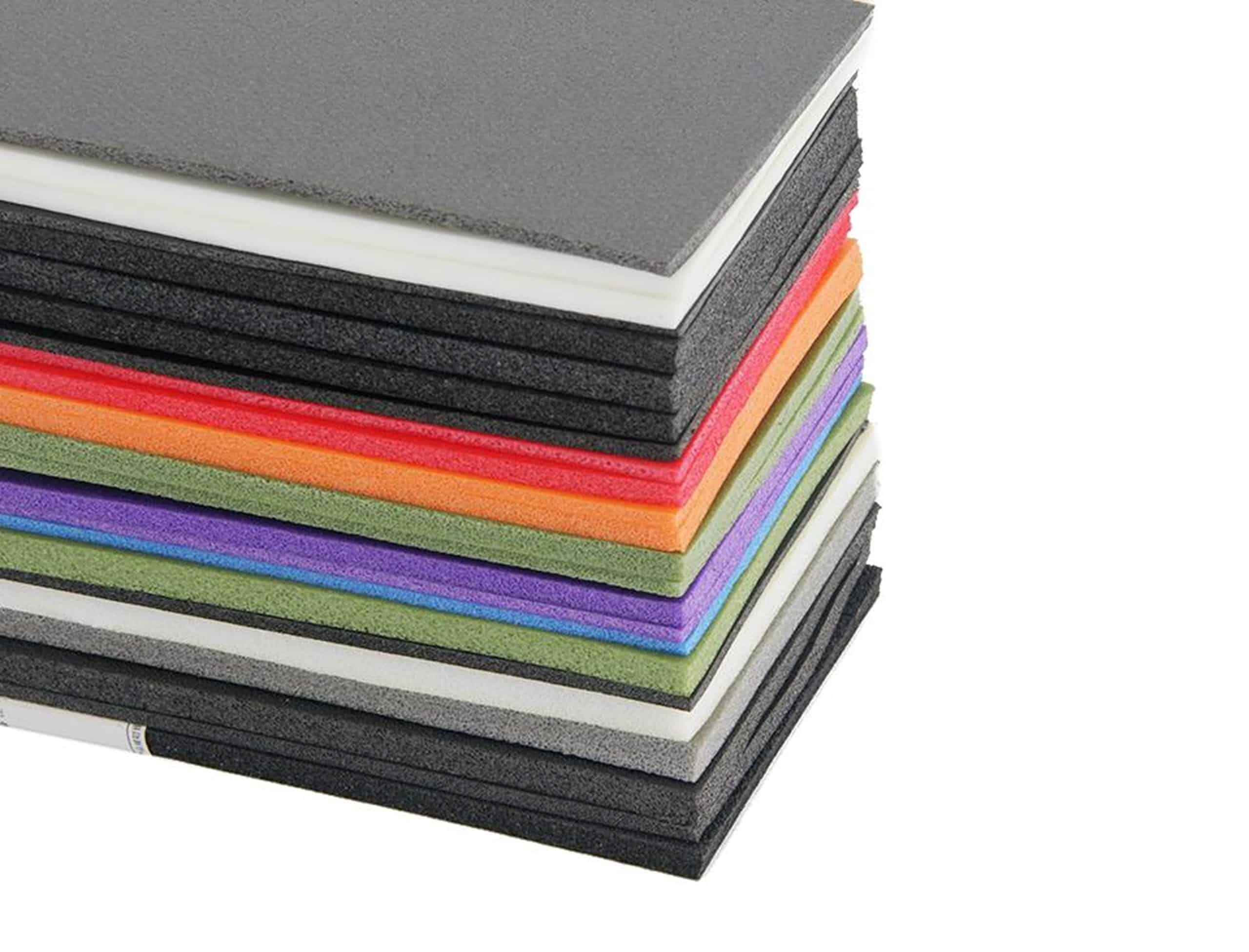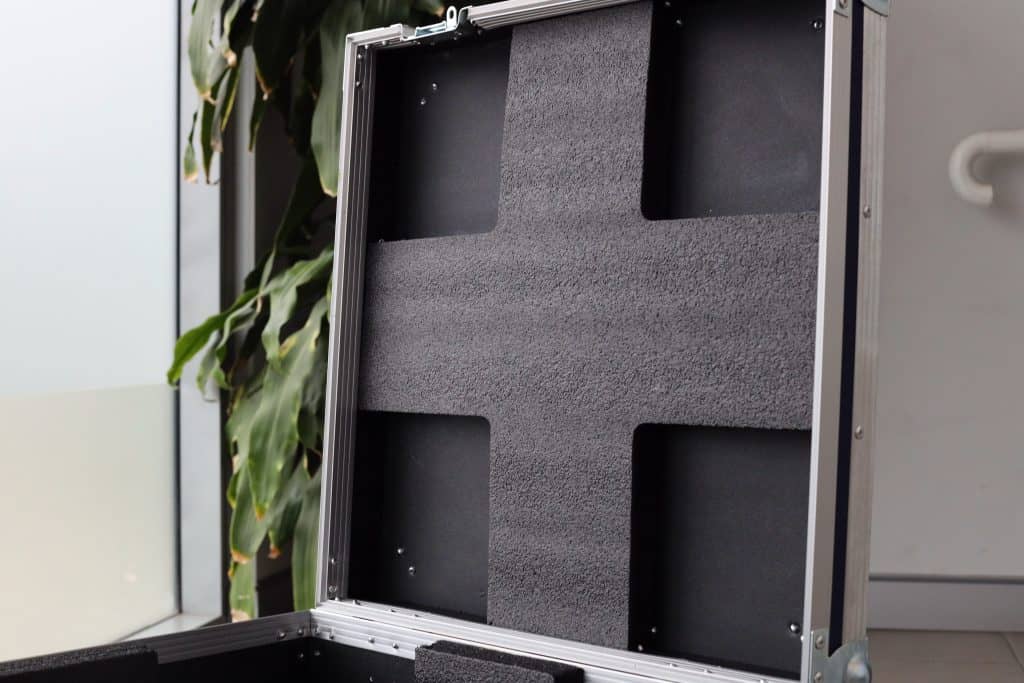Polyethylene foam is a thermoplastic resin, which means that it can be melted by heating and cooled to form different shapes and objects. There are two types of foam which are being widely used – EPE Foam and XPE foam. Often there exists a confusion among users regarding features and uses of both the foams.
EPE Foam - Features and Uses
EPE or Expanded Polyethylene Foam is made out of low density polyethylene and has high elasticity. It is light, flexible and can bend to absorb the impact force. It is widely used for oddly shaped objects because of its flexibility and for light electrical appliances for its shock absorption capacity. EPE foam has a high weight to strength ratio and high thermal resistance, which means it can be heated and melted multiple times and reshaped into other new objects due to the high EPE foam temperature range. This foam is resistant to water, oils and many chemicals and forms good insulating material. Another advantage of EPE foam is that it quickly regains its original shape after the source of stress of shock has been removed. It cannot be broken, fractured, crumbled or shattered.
The EPE foam is waterproof, it does not absorb water or allow it to pass through. This foam’s left out materials can be collected and recycled to produce new pieces. It is easily cut, moulded, shaped and glued to other objects or to itself. EPE foam is widely used for making sports mats, yoga mats, shin guards, thigh guard, etc.
XPE Foam - Properties and Uses
The full form of XPE is Cross linked Polyethylene Foam. It is chemically cross linked PE foam and is produced in continuous rolls. It is made by using low-density polyethylene foam with various fillers, adding chemical cross linking agent and a foaming agent. suitable in the building and construction field where thermal insulation, moisture resistance, sound and vibration are critical.
XPE foam is suitable in the building and construction industries where thermal insulation, moisture resistance, sound and vibration are critical. This type of foam has many good properties like acoustic insulation, thermal insulation and rebound elasticity.
XPE Foam - A preferred packaging material for flight cases
The XPE foam has high shock absorption ability and gives good cushioning. Being waterproof and moisture-proof, it is corrosion resistant and this increases its durability. This foam is extremely light in weight.
Though XPE foam is higher in cost than EPE foam, it is still preferred to be used as foam lining in flight cases because of the following reasons:
- Higher shock absorption ability
- Flame retardant properties
- Easily adjustible thickness
- Easy recovery of creases, better waterproof performance, non-slip properties
- Odorless and environment-friendly
- Longer shelf life



